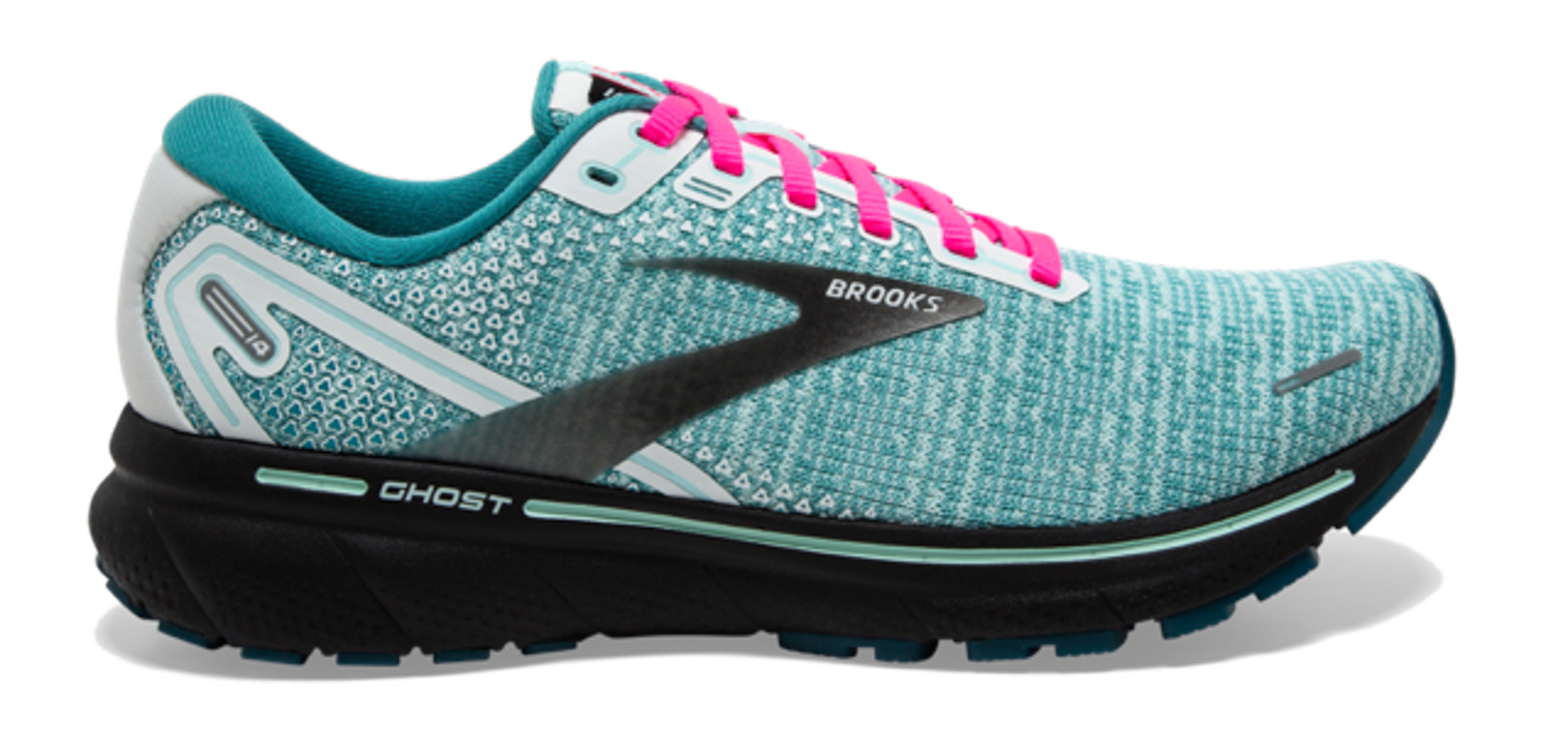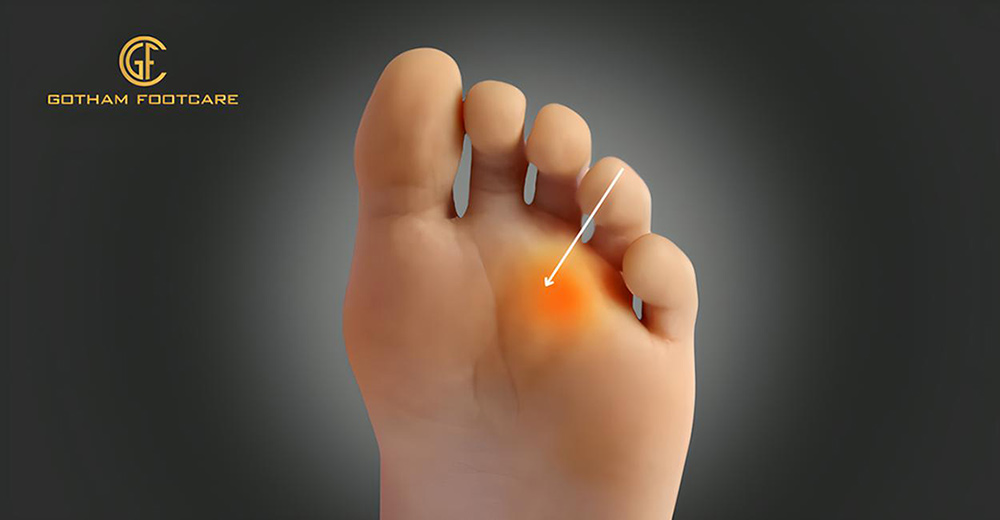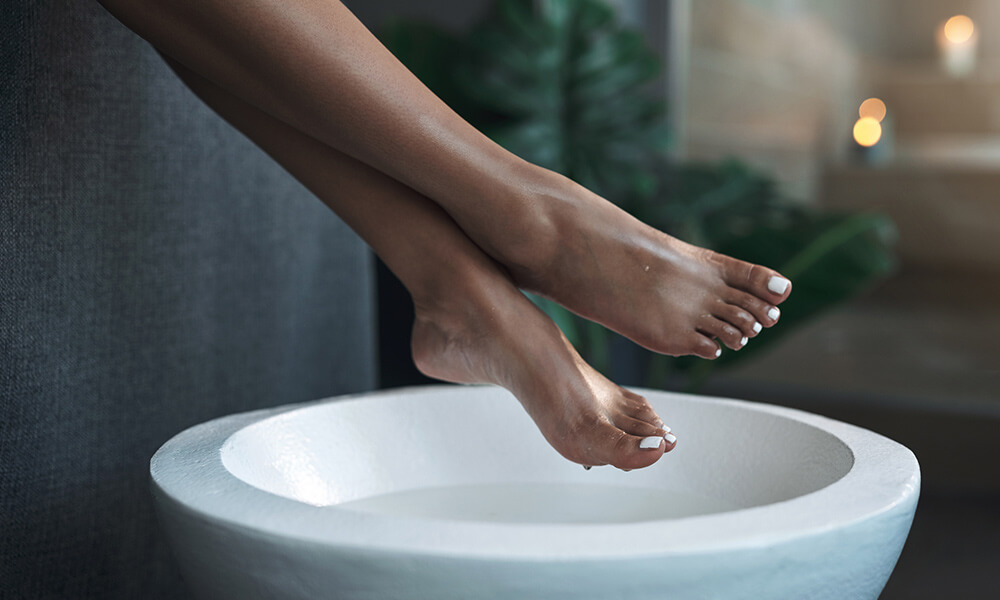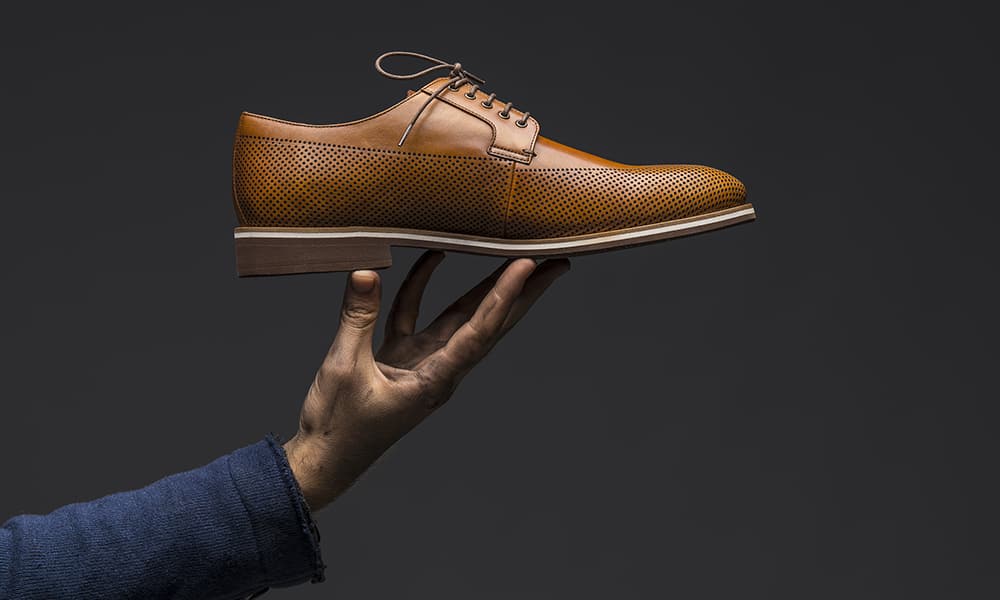Best Shoes for Morton’s Neuroma Sufferers in 2024

When you have Morton’s neuroma, the ball of your foot hurts, especially between your third and fourth toes. When the flesh around a nerve gets thicker, it hurts. This can make you feel sharp pain, itching, or like there’s a small lump inside your shoe. Things like wearing shoes that are too tight or doing things with a lot of impact can make it worse. Treatments include wearing supportive shoes and using orthotic inserts. More serious cases may require injections or surgery. Early diagnosis and the right treatment are essential for easing symptoms and stopping problems from getting worse.
Choosing appropriate shoes for Morton’s neuroma
Getting the right shoes is crucial for controlling Morton’s neuroma and reducing pain. When choosing shoes, Gotham Footcare doctors recommend looking for these features:
- Wide Toe Box: When looking for shoes, choose ones with a roomy toe box that lets your toes spread out naturally. This prevents squishing of the heel and alleviates pressure on the injured nerve.
- Low Heel or Flat Shoes: Instead of high heels, choose shoes with a low heel or a flat bottom. High heels can worsen Morton’s neuroma because they put more pressure on the forefoot and squeeze the toes together.
- Soft, Supportive Materials: Seek shoes with soft, flexible materials that provide support and cushioning. Avoid shoes with stiff or tight uppers, as they can exacerbate symptoms and cause discomfort.
- Arch Support: Pick shoes with good arch support to help spread your weight properly across your foot and ease the stress on the injured area. Consider using orthotic inserts or custom-made shoe inserts if you need more support and stability.
- Shock Absorption: Choose shoes with good shock absorption to protect your feet and lessen the pressure of walking or standing. This might help relieve some of the pressure on the neuroma and lessen the pain.
- Adjustable Fastenings: Opt for shoes with adjustable fastenings, such as laces, straps, or clips. This way, you can make the fit right and deal with swelling or pain.
- Breathable Materials: Choose shoes made from materials that let air flow through them to keep your feet from sweating too much, making pain worse and raising the risk of soreness.
By prioritizing these features when shopping for shoes, people with Morton’s neuroma can lessen their pain, feel better, and better manage their condition every day.
Best Shoes for Morton’s Neuroma Sufferers in 2024
In 2024, several shoe brands and types are great options for people with Morton’s neuroma. These are Gotham Footcare’s top choices:
New Balance Fresh Foam 1080v11

These shoes are great for people with Morton’s neuroma because they have soft cushioning and a big toe box. The Fresh Foam midsole absorbs shock better, and the roomy toe box lets your toes spread out, taking pressure off your heel.
Brooks Ghost 14

The Brooks Ghost 14 is great for people with Morton’s neuroma because it has the right number of cushions and support. The BioMoGo DNA cushioning molds to your foot’s natural shape, customizing comfort, and the Segmented Crash Pad smooths heel-to-toe movements.
The Hoka One One Bondi 7

The Hoka One One Bondi 7 is very comfortable and supportive for people with Morton’s neuroma because it has a wide base and a lot of cushioning. The Meta-Rocker geometry allows you to walk more smoothly, reducing stress on your heel. The soft EVA midsole gives you the best cushioning possible.
The Altra Paradigm 5

This shoe has a Zero Drop platform and a FootShape toe box, which allow your feet to position and spread out naturally. The Altra EGO midsole provides quick cushioning, while the StabiliPods and GuideRail support system makes it more stable and reduces overpronation.
The Saucony Triumph 19
This is an excellent choice for people with Morton’s neuroma because it has soft support and a roomy toe box. Its PWRRUN+ midsole makes the ride soft and springy, and its FORMFIT technology molds to the shape of your foot to make it fit perfectly.
The shoes shown here are just a few of the many choices people with Morton’s neuroma have in 2024. When picking out shoes, comfort, support, and a good fit should be your top priorities to get the best foot health and control of symptoms. Try on shoes with cushioned inserts or custom-made orthotics to get even more support and comfort for Morton’s neuroma.
To make sure you get a nice and supportive fit when trying on shoes with orthotic inserts for Morton’s neuroma, keep these tips in mind:
Select Shoes with Removable Insoles:
Seek footwear with removable backs or footbeds. This makes it easy to switch out the insole that came with the shoe for your orthotic insert without changing how it fits or feels.
Choose Shoes with Plenty of space:
Select shoes with a spacious toe box and enough width to fit your foot and the orthotic insert. Don’t wear shoes that feel too tight or squeezing, as these can make your Morton’s neuroma symptoms worse and cause pain.
Make sure your foot is aligned correctly:
The orthotic insert should support your foot and help it stay in the right place. It should support the arch, soften the heel, and spread the pressure evenly across the foot to make the affected area feel less stressed.
Test different Inserts:
Try out various orthotic inserts to discover the one that fits your foot the best and gives you the most pain relief for Morton’s neuroma. While some people may benefit from off-the-shelf inserts, others may require custom-made braces.
Allow for Adjustment Period:
Give yourself some time to get used to wearing shoes with orthotic inserts. Some people may need time to get used to how the inserts support and balance their feet. Start by putting on the shoes for a short amount of time. As your feet get used to them, slowly add more time.
Seek Professional Advice:
If you need help choosing the right orthotic inserts for your needs, you should talk to a podiatrist. They can look at your foot’s structure, how you walk, and your Morton’s neuroma signs to help you choose the best inserts.
Follow these tips and take the time to analyze shoes with orthotic inserts properly. You can find shoes that give you the support and comfort you need to manage Morton’s neuroma symptoms effectively.
In conclusion, people with Morton’s neuroma can choose from a wide range of great shoes in 2024. Brands like New Balance, Brooks, Hoka One One, Altra, and Saucony have kept coming up with new ideas for shoes that prioritize comfort, support, and a good fit. These shoes effectively control Morton’s neuroma symptoms due to their soft padding, wide toe boxes, supportive midsoles, and interchangeable inserts.
In 2024, the most important things to look for in the best shoes for Morton’s neuroma are comfort, support, and a good fit. To ease the pressure on the nerve and keep your foot in the right place, look for shoes with lots of cushioning, a wide toe box, and enough arch support. Try shoes with cushioned inserts or custom-made insoles.
The First Step
Get lasting relief from Morton’s neuroma at Morton’s Neuroma Center.
Mobility without pain is key to living your fullest life. Once a Morton’s neuroma has formed, conservative treatments like adjusting your footwear are often inadequate to take away the symptoms. As a result, you may find yourself avoiding certain activities and living a more sedentary lifestyle.
You deserve a solution. We are leaders in Morton’s neuroma treatment using cryosurgery. Many of our patients experience total symptom relief after one treatment. Choose Morton’s Neuroma Center for your Morton’s neuroma treatment to receive the most compassionate and cutting-edge care available.














